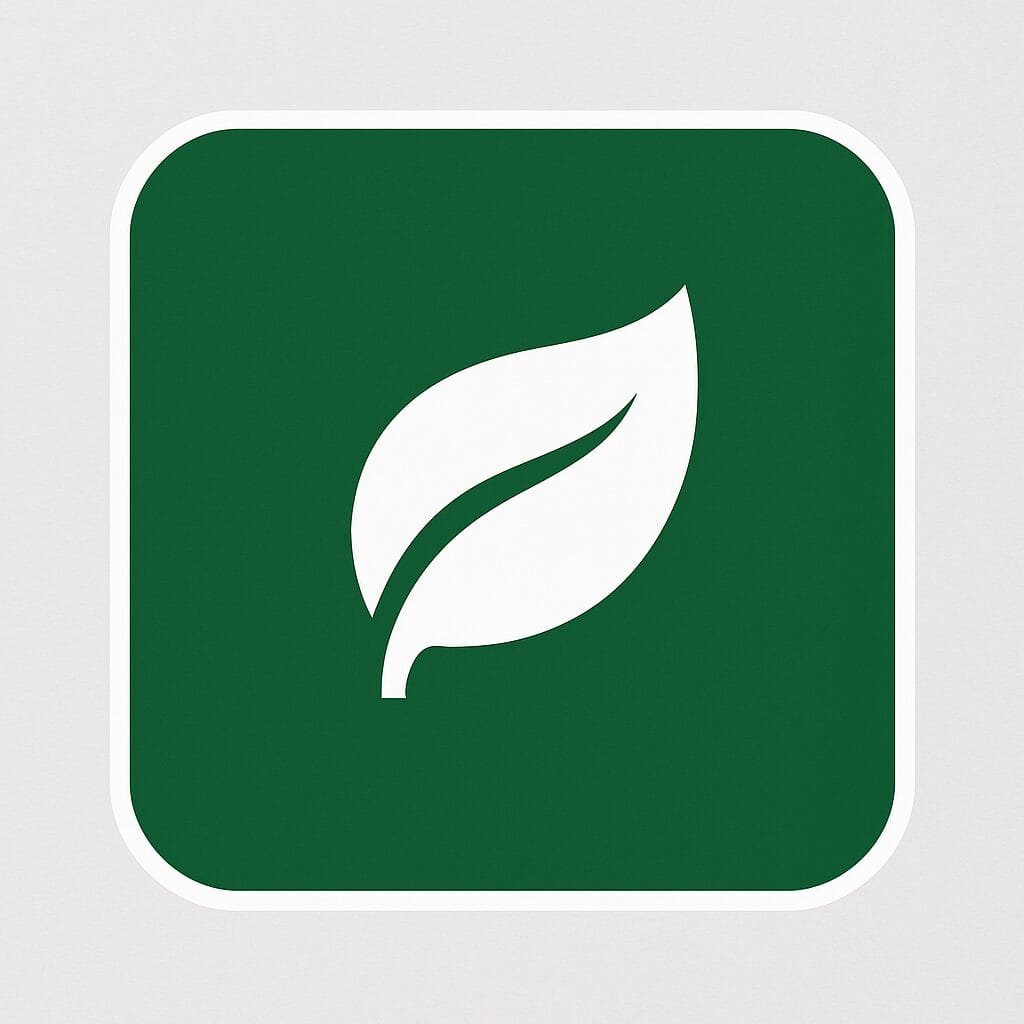Table of Contents
ToggleWhat are native pollinators and why they are important for cities
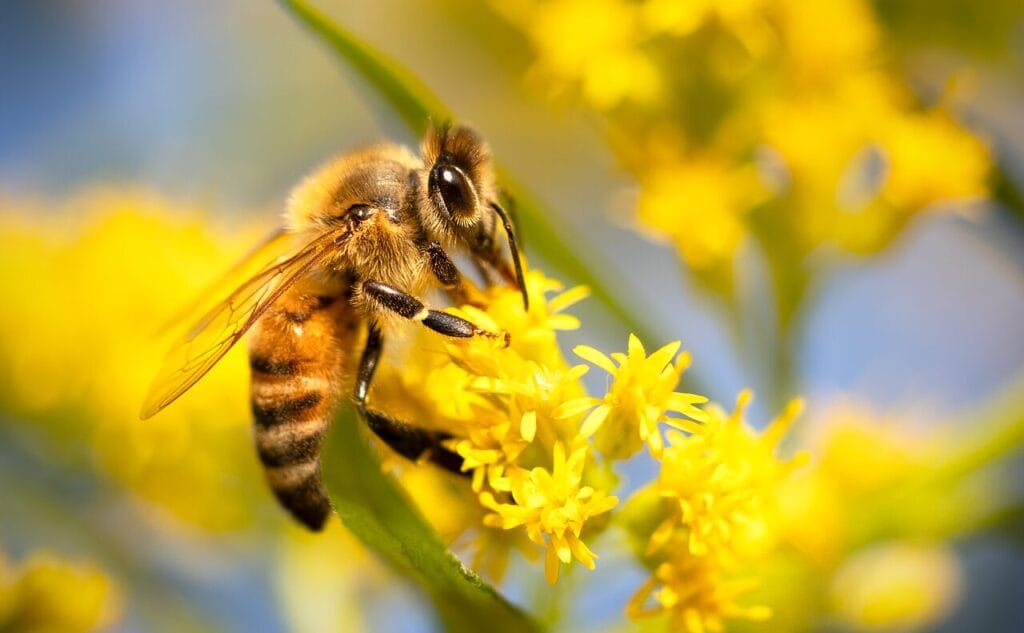
Pollination is a process in which pollen grains travel from one flower to another and produce eggs, then seeds. These grains are carried by living organisms called pollinators. Hence it becomes important to attract native pollinators to small urban gardens to expand them. Garden Owner should know how to attract bees and butterflies in urban gardens. To attract them, he should grow the best plants for pollinators in small city gardens
Native pollinators are specific species of pollinators in a particular region or area where they have evolved. It includes solitary bees, like mason bees and leafcutter bees. Butterflies , beetles, flies and even moths. Unlike honeybees, these native pollinators don’t require a human-made nest or shelter; they make their own house in soil, tree cracks , hollow stems, or wall cracks.
Why do they matter for urban gardens ?
Over 90% of flowering plants rely on animal pollinators, and many food crops benefit from them. A report from the U.S. Forest Service states that 75% of the world’s flowering plants rely on pollinators to some extent for reproduction. 35% of global food crops rely on pollinators, especially bees, according to the Food and Agriculture Organization. Urban gardens that support pollinators can produce 70 more food than gardens without pollinators – source, Journal of Applied Ecology. India is home to over 700 native bee species, and many of them perform better in city gardens- National Bee Board of India. A study from Bangalore showed that community gardens with flowering native plants increased crop yield by 40%- source Indian Institute of Science Bangalore
Before knowing how to attract native pollinators to small urban gardens, know why they matter for urban gardens-
1. Efficient local pollination : native pollinators are adapted to the surrounding plants; they are uniquely synced with the local environment, and these advantages make them more effective.
2. Encourage chemical-free gardening: some pollinator-dependent plants, like marigolds, attract native pollinators, which can easily repel pests like aphids and whiteflies. Overall, reducing pesticide use in your garden.
3. Urban nature educators: Native pollinators offer a real-time biology class for the kids. Urban areas with visible native pollinators show more interest in the environment and local green activity.
4. They support green branding: the presence of native pollinators in green buildings is now a metric. Rooftop and terraces with pollinator-friendly zones are used for eco marketing and urban branding for sustainability.
5. No maintenance: I like imported pollinators; native pollinators can survive pollution, heat, noise, and limited green space. They don’t even require maintenance, you can just give them space to make nests, flowers, and water, that’s all.
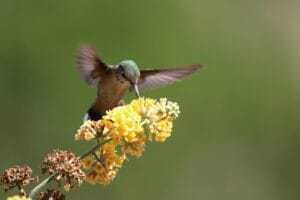
How to attract native pollinators to small urban garden
- Grow native plants by color blocks : according to your area, grow native plants that can survive the current conditions of your region. Plant 3-5 of same flower species in color blocks. Example_ a dense corner of yellow marigolds, Purple basil in the centre.
- Create micro habitat: leave a mix of dead twigs, wood pieces, dry leaves and stones and patchy soil on the corners. This represents their natural habitat. Native bees love dry, cracked surfaces and hollow stems.
- Use urban surfaces for Nesting allies: use old terracotta bricks with holes or cracked tiles, place them near the planted zone. Many solitary bees lay their eggs in the deep cracks in the wall, the main agali species in your garden as a pollinatfriendndly soon
- Add pollinator plants in vertical garden: In your vertical garden, include nectar-rich climbers and native herbs. Butterfly pea, morning glory, and ajwain are some examples. These plants attract native pollinators even in a tight balcony garden. Butterflies often rest on vertical trellises.
- Make a clay mud pool for ground nesters: place a low clay bowl with moist soil. Mist it lightly every 2 days. Mining bees, ground nesting bees, use it for making their nest and setting up a colony because some bees need moist clay or mud to build tunnels.
- Evening bloomers for night pollinators: plant moonflowers or Jasmine near walls or fences. These type of flowers helps to attract pollinators at night, especially in heat zone areas where daytime is hard for pollinators. This plant gives out fragrance.
- Avoid over-cleaning: In urban areas, people love a clean environment, and focus on cleaning their gardens more. But there is an issue because native pollinators want their favourable environment, not a clean environment. Don’t remove every weed, fallen leaves or dry stems
How to attract bees and butterfly in urban gardens
Even if your garden is small, you can still make your garden a buzzing paradise. You can still attract native pollinators to small urban garden just by following these methods and choosing the best plants for pollinators in urban gardens:-
- Grow a variety of native plants- if you want pollinators to come into your garden, then you have to plant native flowers and not just one type of flower. Grow native flowers that bloom in different seasons, so some pollinators will always be available.Examples of these type of plants are- marigold and calendula for spring season, For summer season grow lemon balm or hibiscus and for winter season grow Mexican sunflower or goldenrod.
- Scent layering with multi-height plants, pollinators like bees and butterflies, follows scent trails. Grow aromatic plants at different height levels, which create a scent level that disperses perfectly with the height. This helps pollinators dive deeper into your garden.
- Provide shelter area- butterflies like warm and Sunny spots, you can add flat stones where they can rest. Same as with solitary bees they make their nest in soil patches or tiny holes in wood. To help them you can leave some bare ground or install A handmade Bee hotel
- Offer water safely- we know that pollinators need water, but they can drown easily in deep bowls. You can use a shallow dish with pebbles so they can land safely and drink water. Keep your water plant near the flooring area but in partial shade to prevent algae.
- Avoid fancy flowers- some hybrid flower plants look beautiful, but they can attract pollinators, but they don’t have nectar and pollen. Use simple and open flowers so that pollinators can actually feed on them.
- Use a reflective surface behind a nectar plant, bees are more likely to find a nectar-rich plant when its scent is amplified. Place your nectar-rich plant near white tiles or a mirror that reflects heat and light, which helps in releasing and spreading the flower’s scent.
- Add a butterfly fruit feeder – this step has dual advantages. Butterfly love overripe fruit, so you can place a plate with overripe bananas, oranges, lights, and other food parts, and these foods also attract fruit flies, which are a food source for some special bees.
- In urban areas, there is a lot of noise, like traffic, which can confuse native pollinators. Plant some sound-dampening species like bamboo, lemongrass, or thick shrubs. It helps to, reduce low frequency City noises and create a calm micro habitat
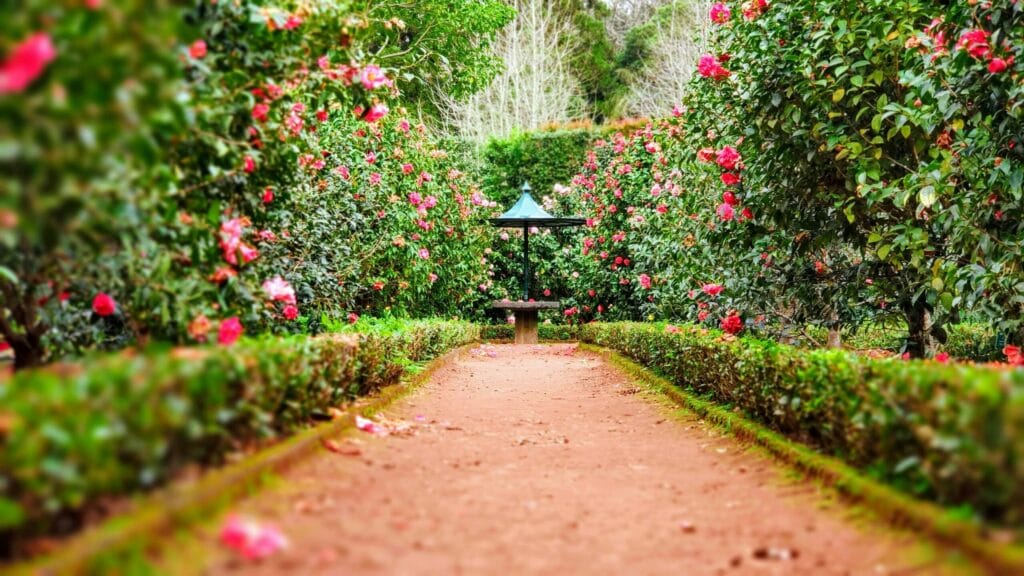
Best plants for pollinators in city garden - which plants harm pollinator.
Since urban gardening is not professional, it’s not just about choosing plants; it’s about choosing the right one that requires low maintenance, and they can also attract bees, butterflies, and even tiny hoverflies. Where is the complaint guide to grow the perfect plant for your urban garden and avoid the harmful or less effective plants? If you have small balconies then here are the best plants for pollinators in urban gardens which can attract native pollinators to small urban gardens
- Marigold – easy to grow loved by bees and butterflies also favourable for Sunny spot.
- Lemon balm – it releases a strong sent that attracts honey bees and it grows well in partial shade.
- Tulsi (holy basil) – it is a sacred plant and it is excellent for native bees.
- Hibiscus – large and colourful flower you can see its’ pollen naturally.
- Aparajita – beautiful wine that attract small pollinators it is great for vertical balcony spaces.
- Lantana – it is multi coloured blooms attract both butterfly and bees. Use Indian Native latana, avoid hybrid one.
Avoid these types of plants –
Hybrid double bloom flower – it looks pretty but lacks nectar and pollen. Hybrid marigolds and show roses are such examples
Non native invasive species- they can dominate the space and reduce biodiversity.
Plants treated with systemic pesticides – if these plants even bloom, then they can poison nectar and pollen. That’s a big threat to your garden ecosystem.
Pure lawns or grass-only areas – they offer zero value to the pollinators. Instead of growing then, hello clover dandelions and flowering herbs to grow on the edge.
How to attract bees without getting stung
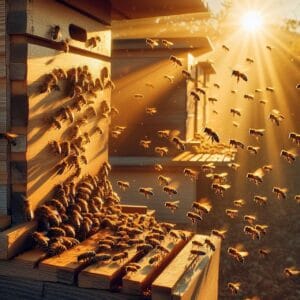
- Choose non-aggressive native bee species plants. Certain flowers attract solitary bees, like leafcutters or carpenter bees. These types of bees don’t sting until you trap or disturb them.
- Place your flowering plants along the edges of your garden not in the walking path or your seating zones. If you don’t block their bath there is no chance of their attack.
- Avoid strong perfumes and dark clothes. Bees are attracted to the strong smell, and they are often confused by dark clothing, which makes you look like a Predator. Remember that you have to attract native pollinators to small urban gardens not on your own.
- If a bee, by chance, comes near to you, then don’t panic or swat, and don’t try to hit it before it bites you. Let them fly away. If they sting you, then they would also die.
- Don’t put nests near human activity, avoid placing beehives, Shelters, or water dishes next to the seating zones or entrance area.
Ending Up
At last know you are ready to attract native pollinators to small urban gardens without any risk and problems. Now we know how to attract bees and butterflies in urban gardens. One of the most important points is that remember to pick the best plants for pollinators in small city gardens because plants are the backbone/Heart of the whole ecosystem in your garden. When you see some results after following all steps, then go through the last heading to avoid injuries caused by a bee attack. Stay healthy visit our other post. Thanks for your precious time
Sources refrences -
- U.S. Forest Service – 75% of flowering plants depend on pollinators
- FAO – 35% of global food crops depend on pollinators
- Journal of Applied Ecology – Urban gardens yield up to 70% more with pollinators
- National Bee Board of India – India has over 700 native bee species
- Indian Institute of Science – 40% more yield in Bangalore’s community gardens with native pollinators
